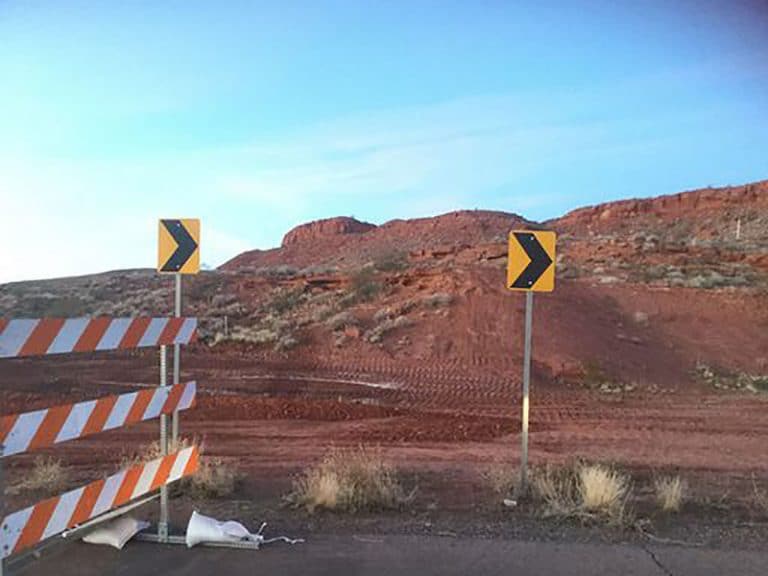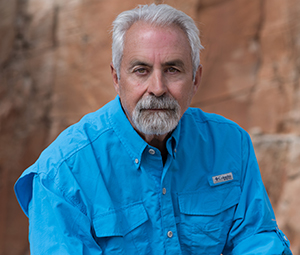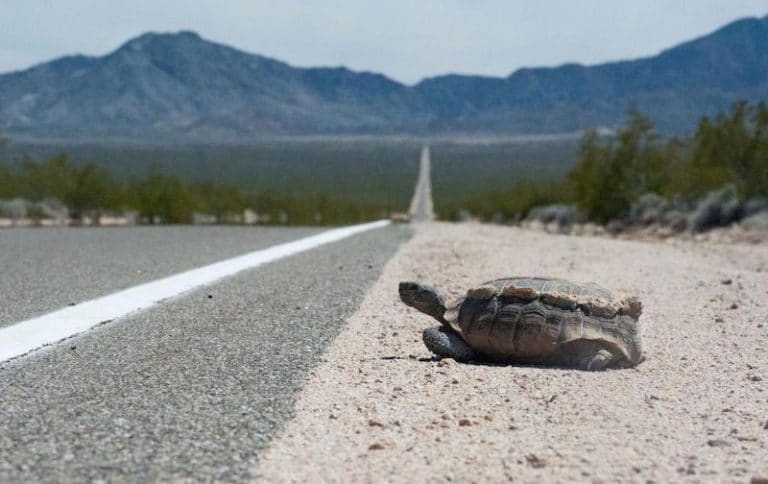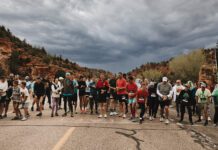
A Balanced Future for Washington County
– By Tom Butine –
Washington County’s main attractions are its climate and natural environment. They drive our growth and economy, and our quality of life. Growth and environmental stewardship need not mutually exclusive, and at some point, they cannot be. However, our current local growth and development policies are at odds with stewardship, exacerbating our water challenges, increasing pollution, and damaging the most visible attraction – our sensitive and scenic public lands.
There are many instances where this policy imbalance is evidenced, but two current cases exemplify it (1) the Northern Corridor Highway through the Red Cliffs National Conservation Area, and (2) the Long Valley Road through the Warner Ridge/Fort Pearce Area of Critical Environmental Concern (ACEC). Both of these roads would go through specifically designated protected lands despite the fact that there are more effective, cheaper, and much less destructive alternatives. They incrementally and unnecessarily degrade the environmental qualities which are the very drivers of our growth and economy. While local development and the economy is booming now, this approach to growth management puts our quality of life and our future at risk.
The Northern Corridor Highway was approved last January by leveraging political power from Washington, D.C. Without that political influence, it would have been denied due to its many violations of long-established environmental law. Conserve Southwest Utah and its national coalition are likely to reverse that approval. [Visit CSU’s website for details.] While our signature landscape and natural environment will be saved, the cost in effort, money, and community division will be high.
The extension of the Long Valley Road, which runs south from the Southern Parkway’s Exit 15 just west of Sand Hollow, is a smaller version of the Northern Corridor Highway. It was also approved last January, in a process that shortcut chances to consider a cheaper, better less damaging solution [see Long Valley Road Extension Issues].
These two examples reveal the imbalance in policies and inadequacy of processes that overvalue development and undervalue the environment, even when better alternatives exist.
Our local governments demonstrate the management skill necessary to run daily operations, but long-term planning and policy-making, where the balance between development and environmental stewardship is set, are much more challenging. They need our support. We citizens have opportunities to influence the balance:
- Ask our local governments to increasingly value stewardship of the environment to protect public lands (and our water, air and climate) – especially those lands that are specifically designated as protected for scenic, natural habitat, and recreation values – and to engage the public early when issues/plans arise that could impact them.
- Participate in local “general plan” updates (such as the current George survey [see CSU’s April 29th bulletin]) to emphasize stewardship, and support the staff and budget necessary for this work.
- Encourage federal agencies to exercise their conservation mandate, and advocate for the staffing and budget to enable it.
Encourage our local governments to focus on smart growth principles (see Washington County’s Vision Dixie) in their general plans, in order to adjust the balance between stewardship and development. Incorporating these principles, and integrating regional development and transportation plans, would help correct the current imbalance and help ensure a viable future for Washington County.

Tom Butine is a retired Boeing Technical Fellow, engineer-scientist, and program manager; the Board President of Conserve Southwest Utah, a local grassroots volunteer organization advocating the conservation of natural and cultural resources and for Smart Growth principles; and the local leader of Citizens’ Climate Lobby, a national organization advocating climate solutions.
Viewpoints and perspectives expressed throughout The Independent are those of the individual contributors. They do not necessarily reflect those held by the staff of The Independent or our advertising sponsors. Your comments, rebuttals, and contributions are welcome in accordance with our Terms of Service. Please be respectful and abide by our Community Rules. If you have privacy concerns you can view our Privacy Policy here. Thank you!
Click here to submit an article, guest opinion piece, or a Letter to the Editor





